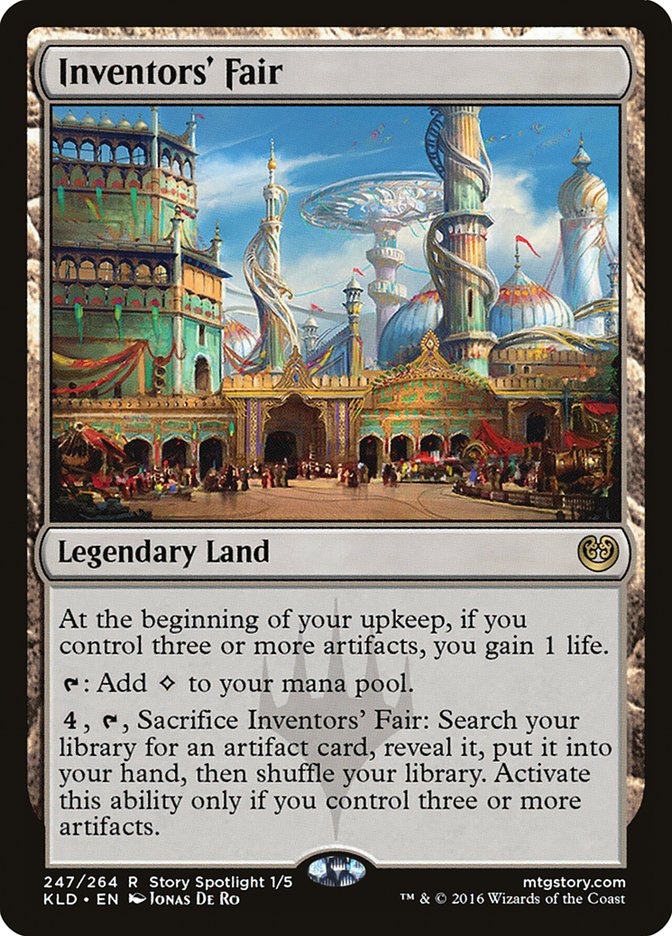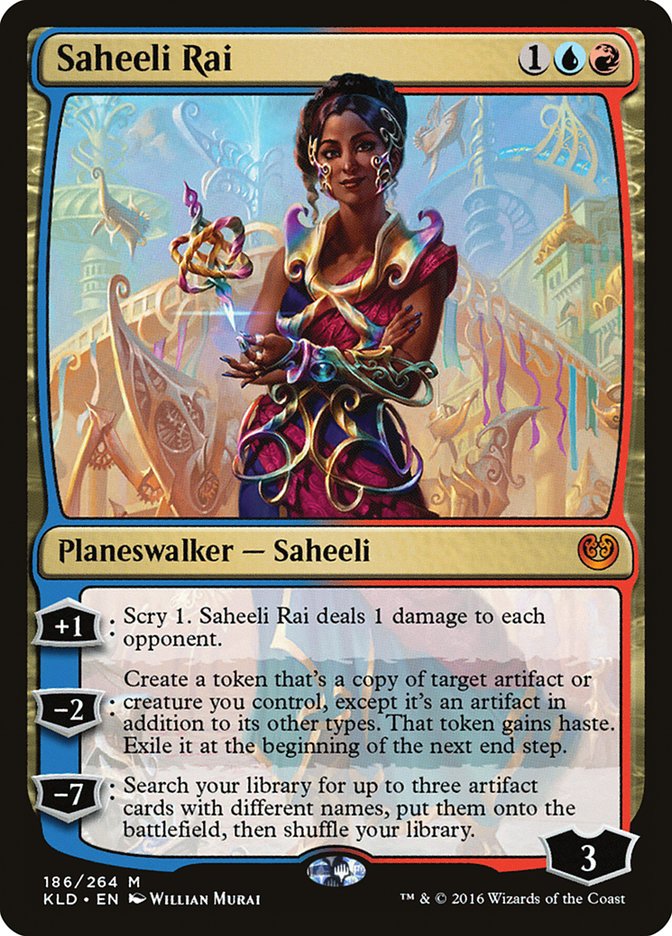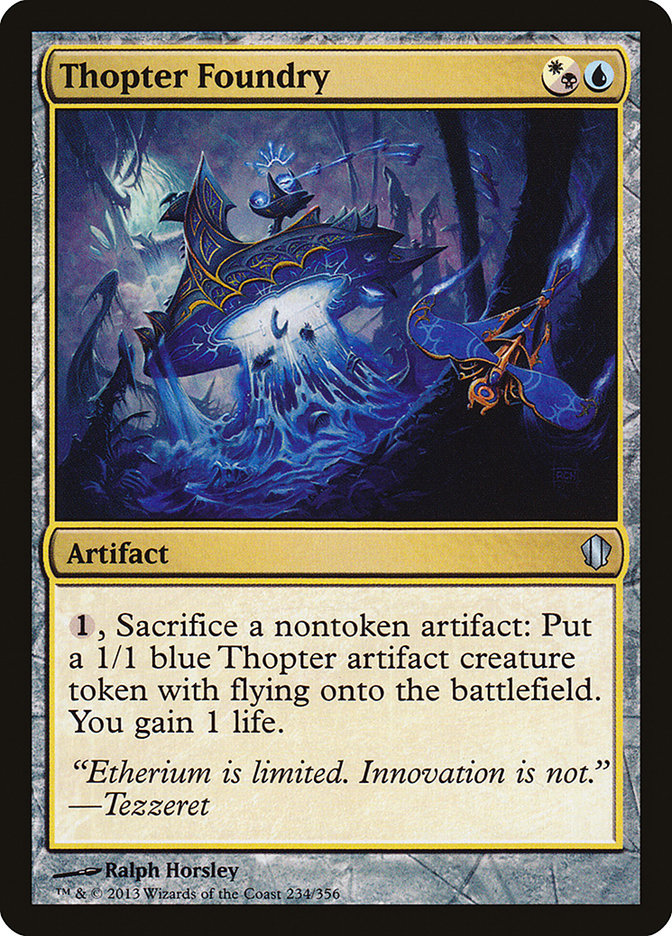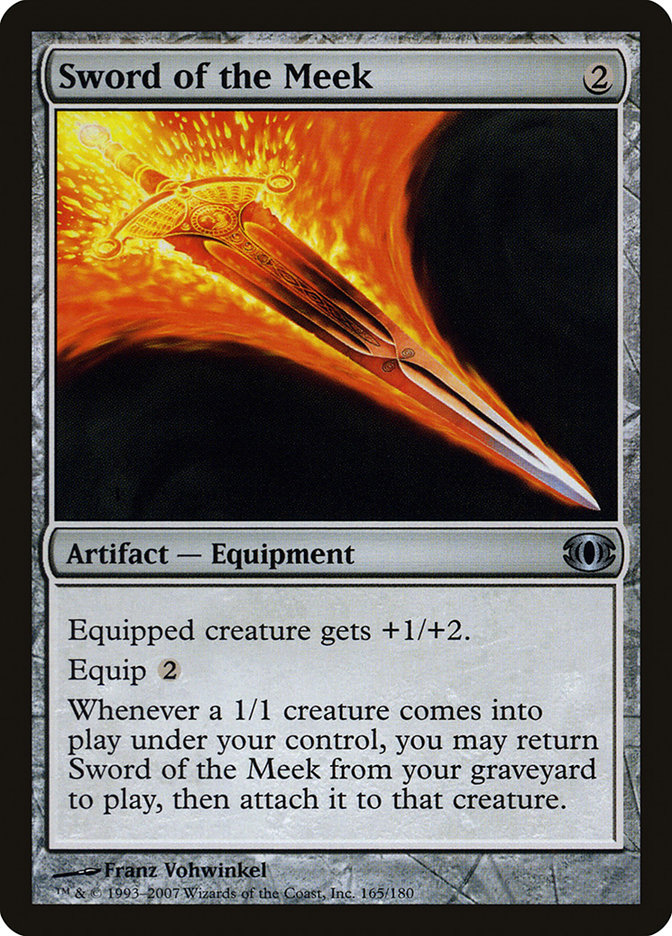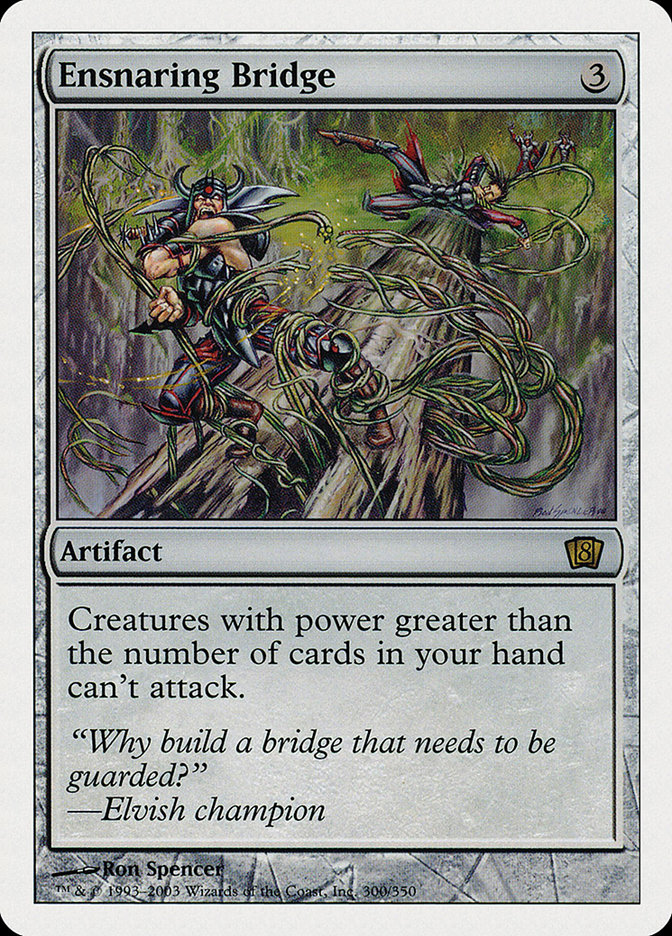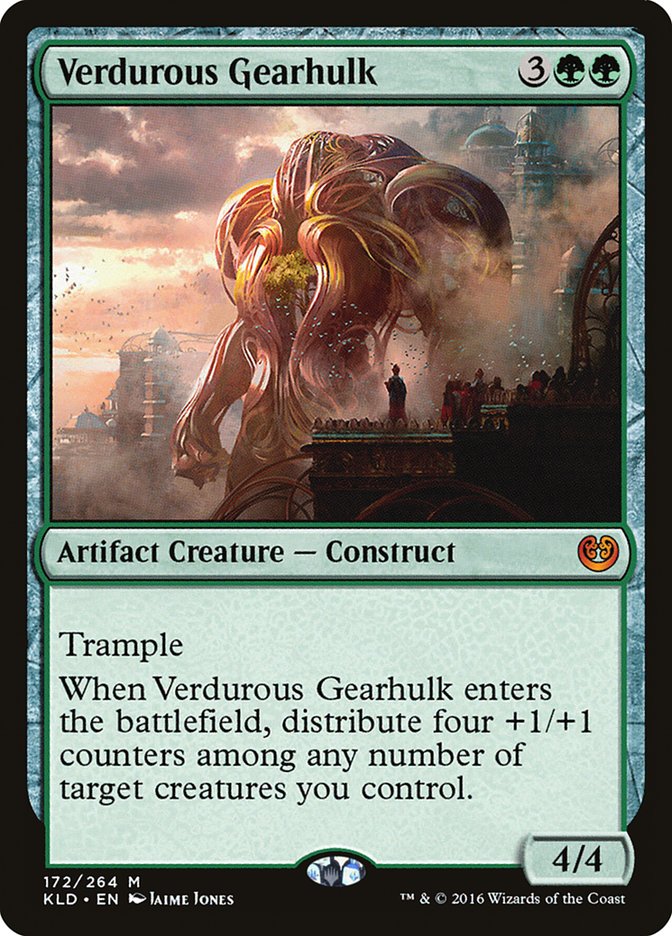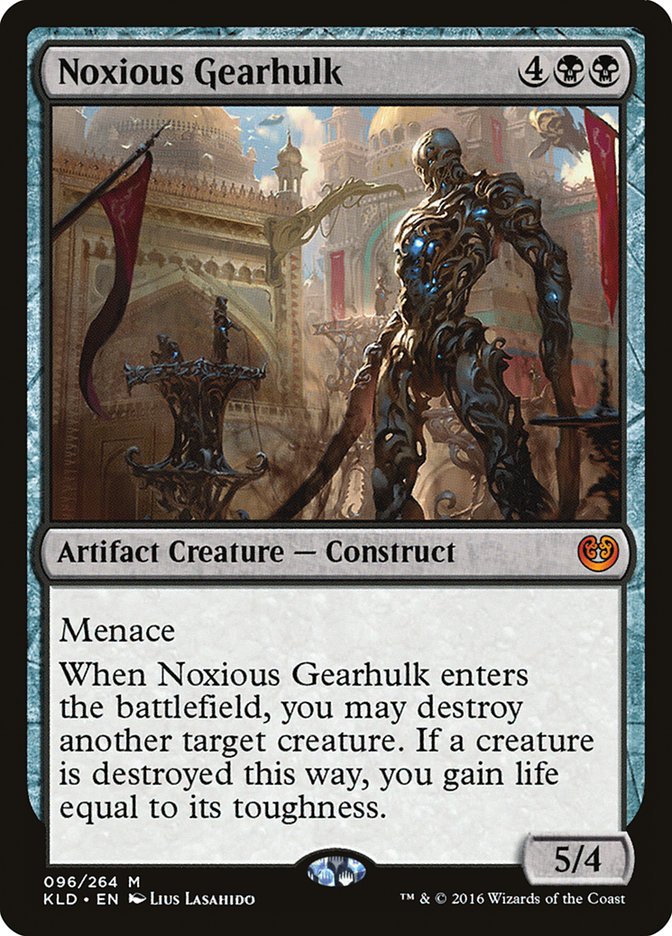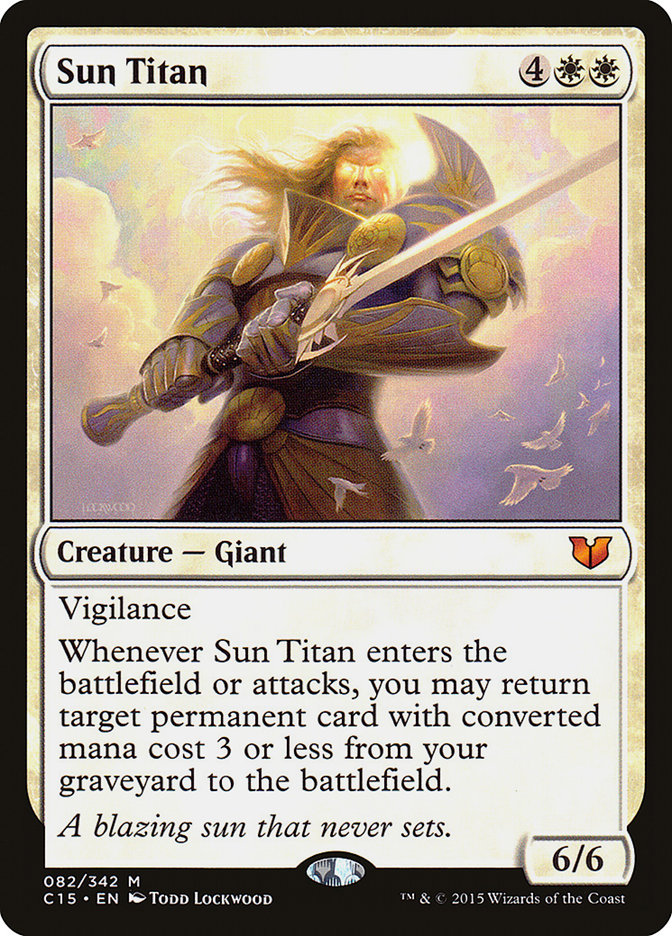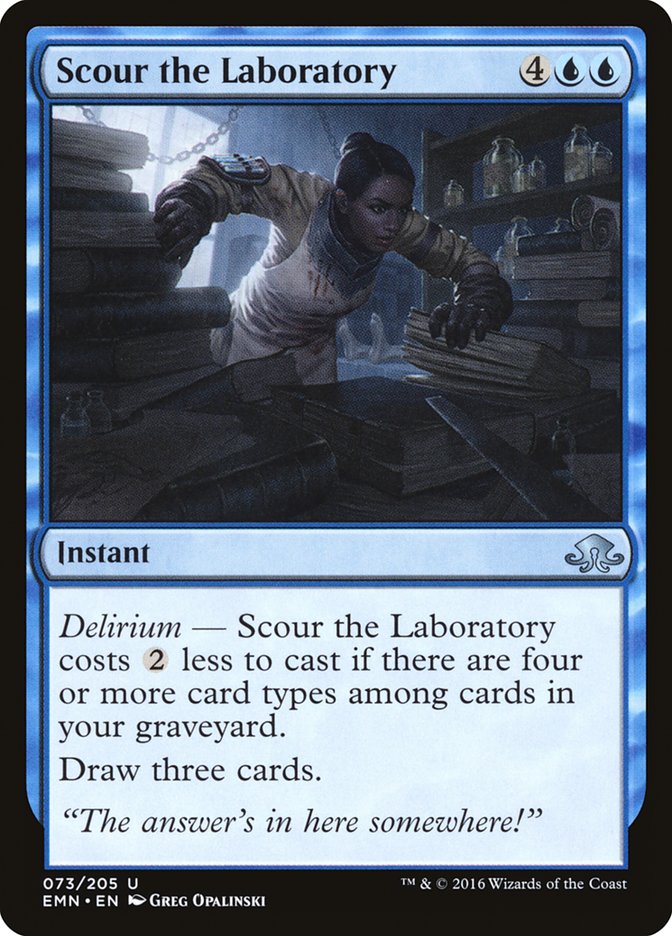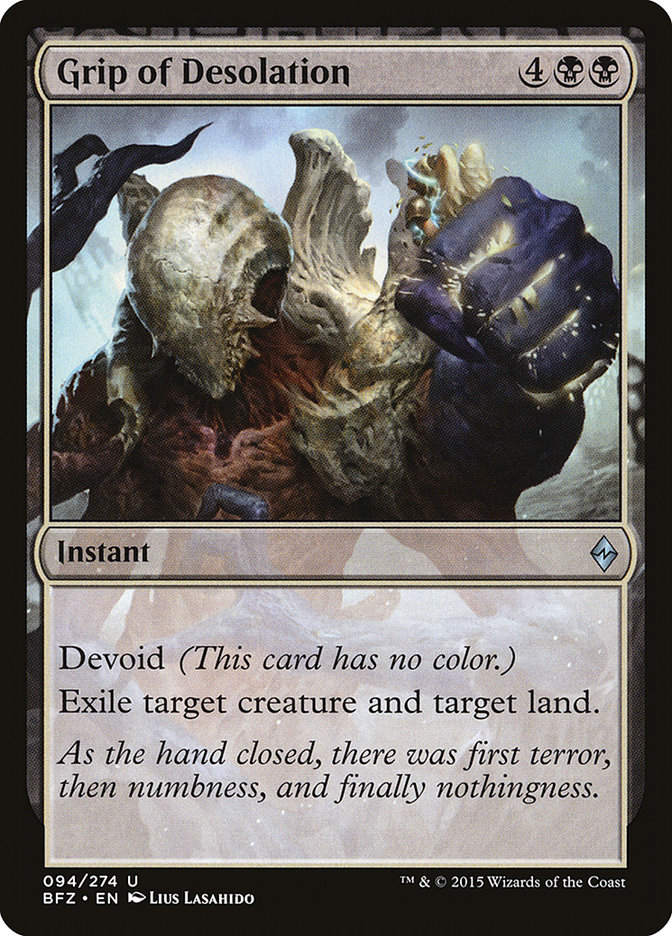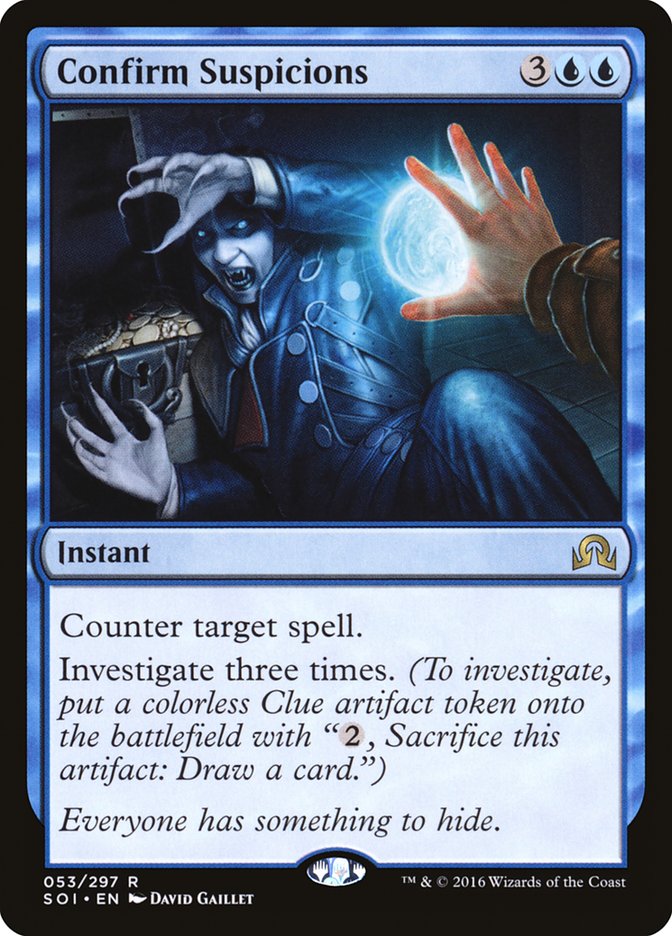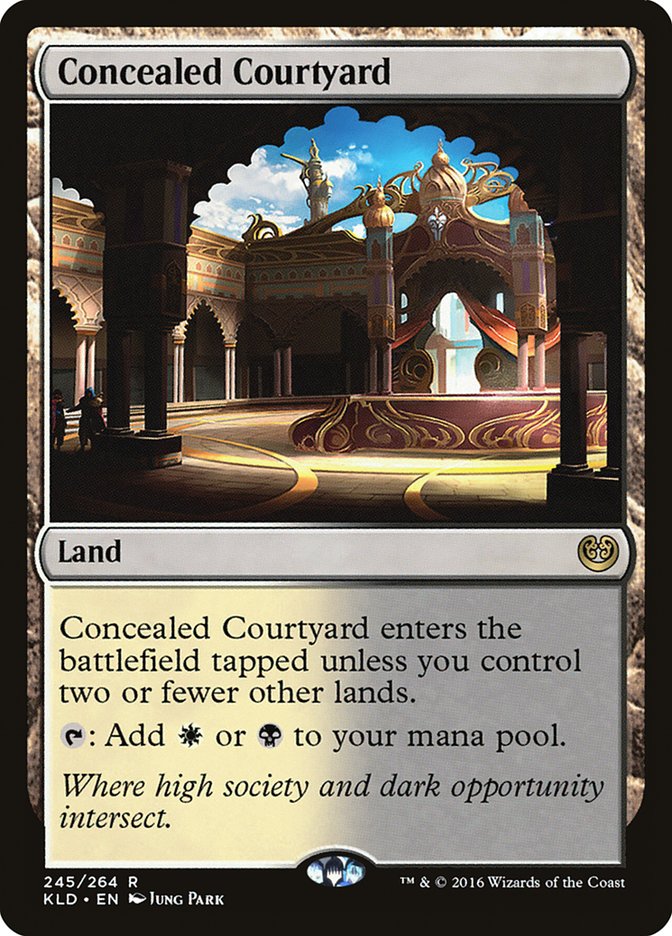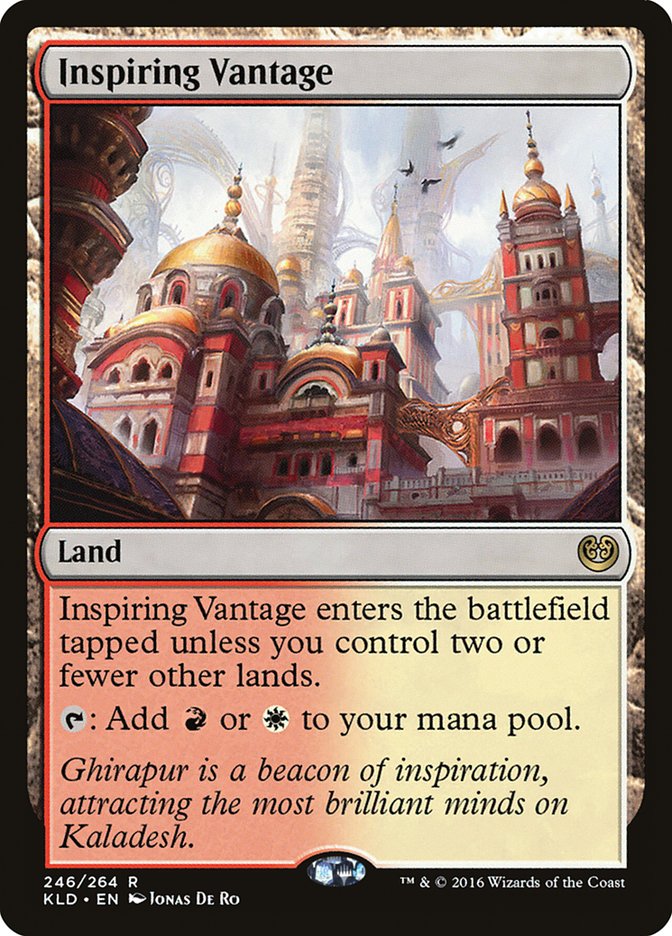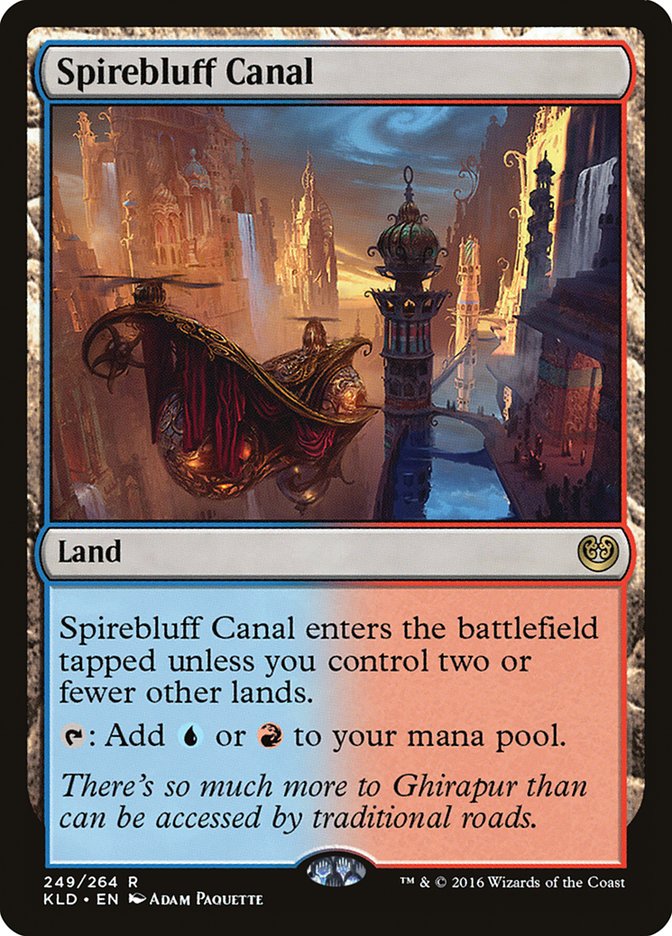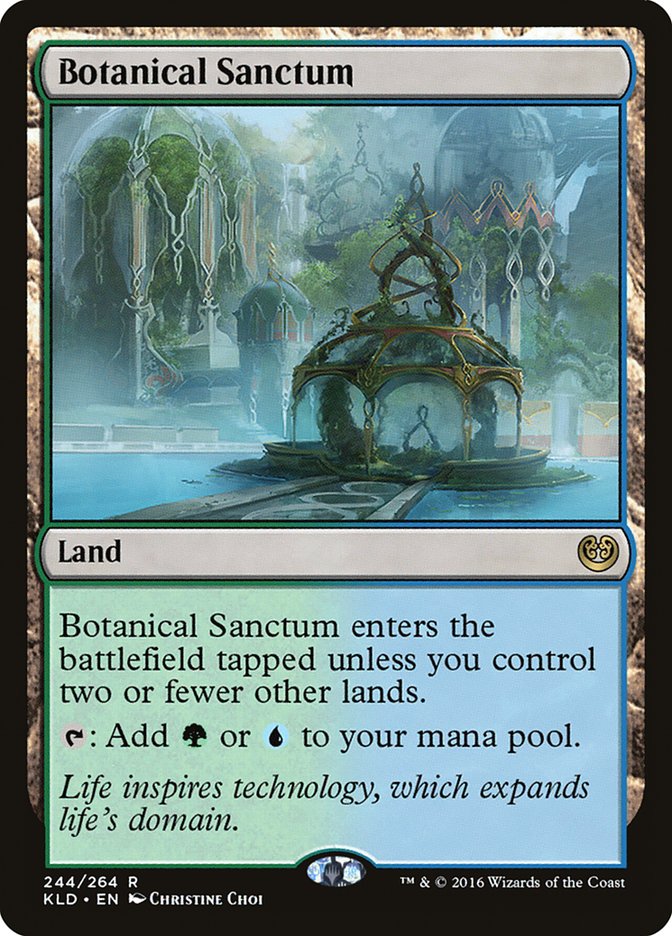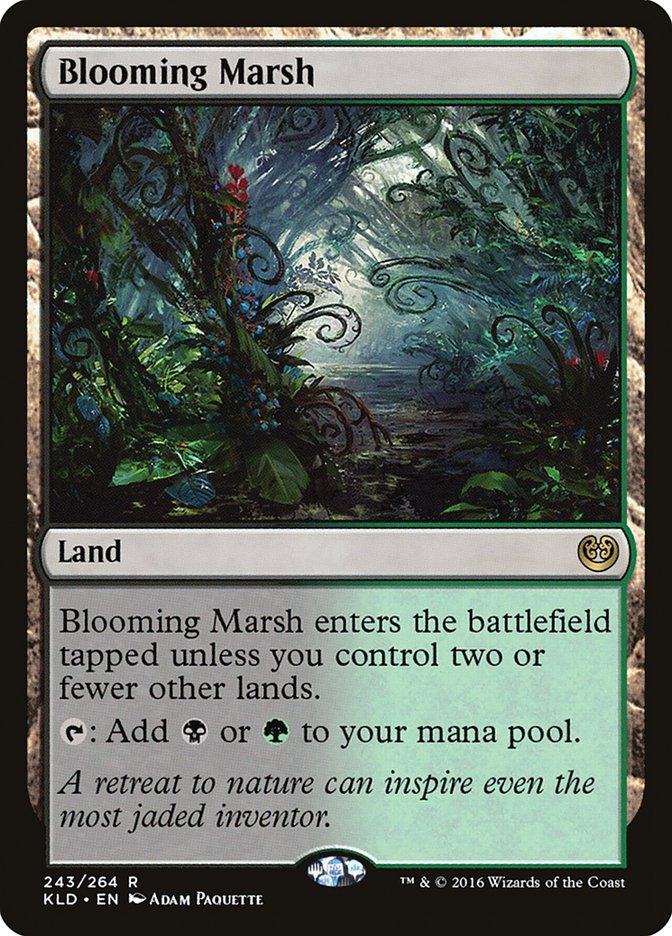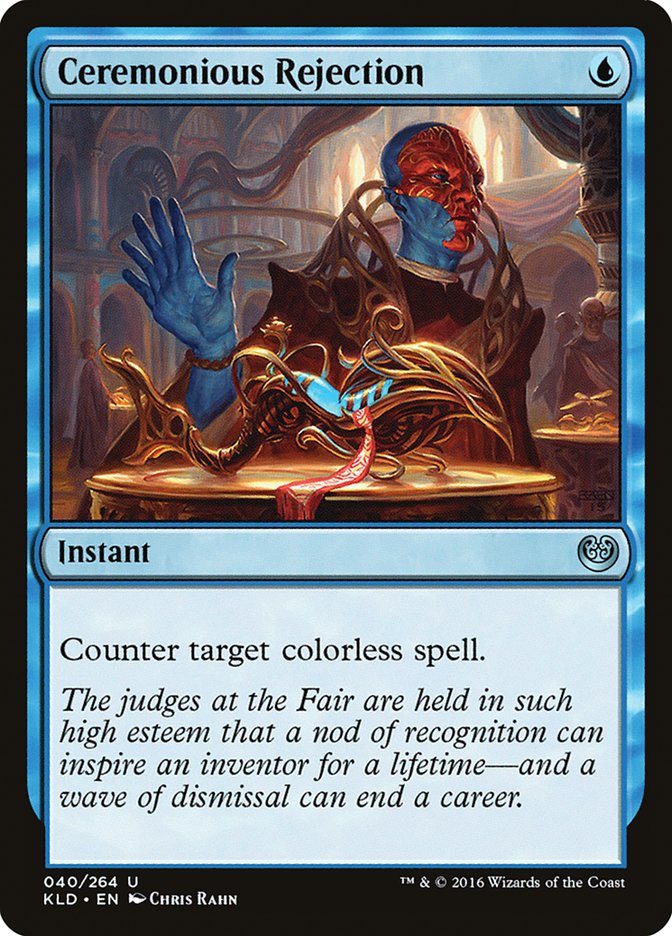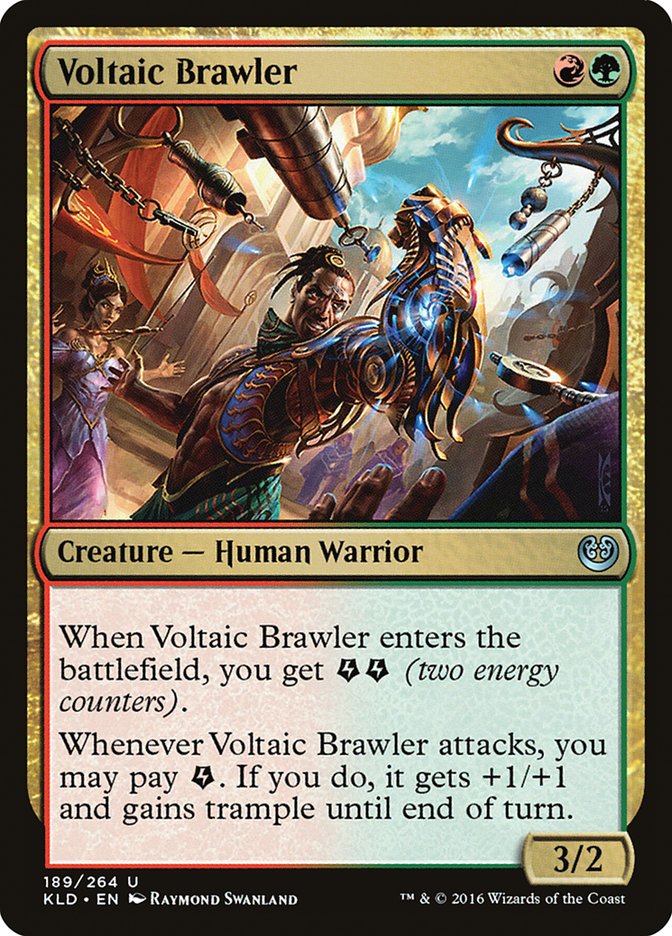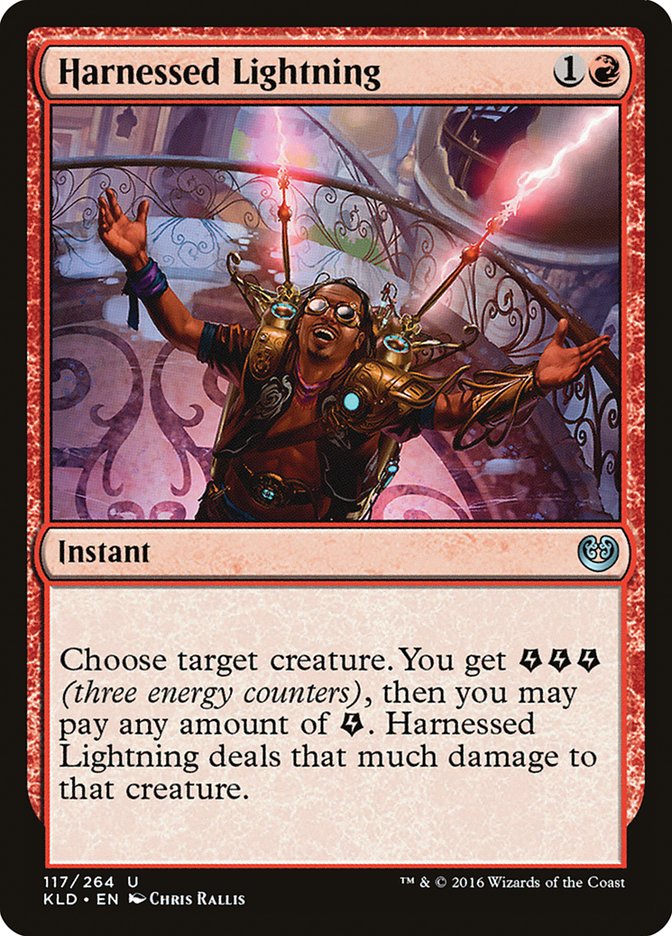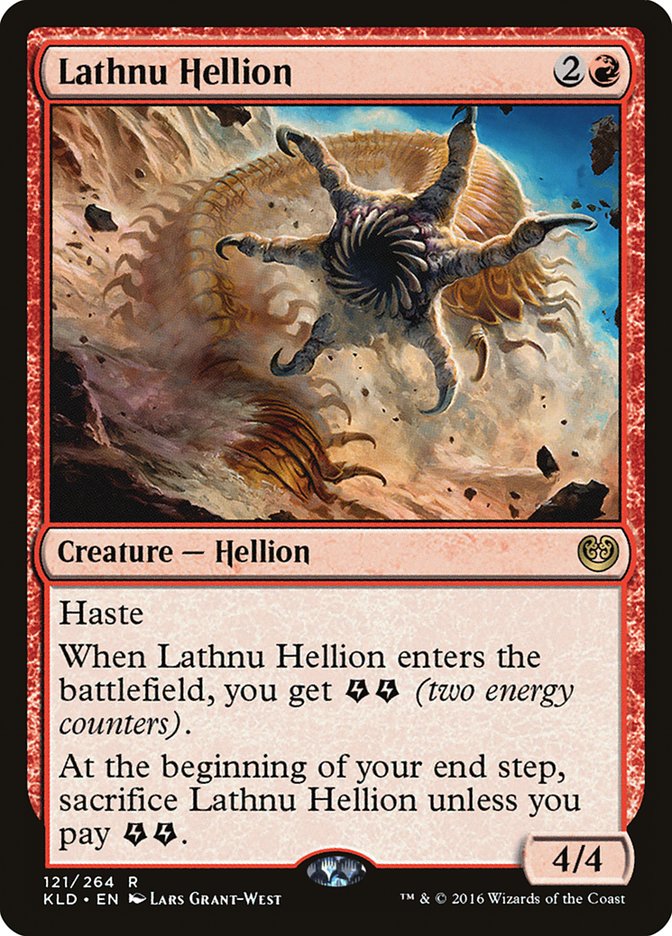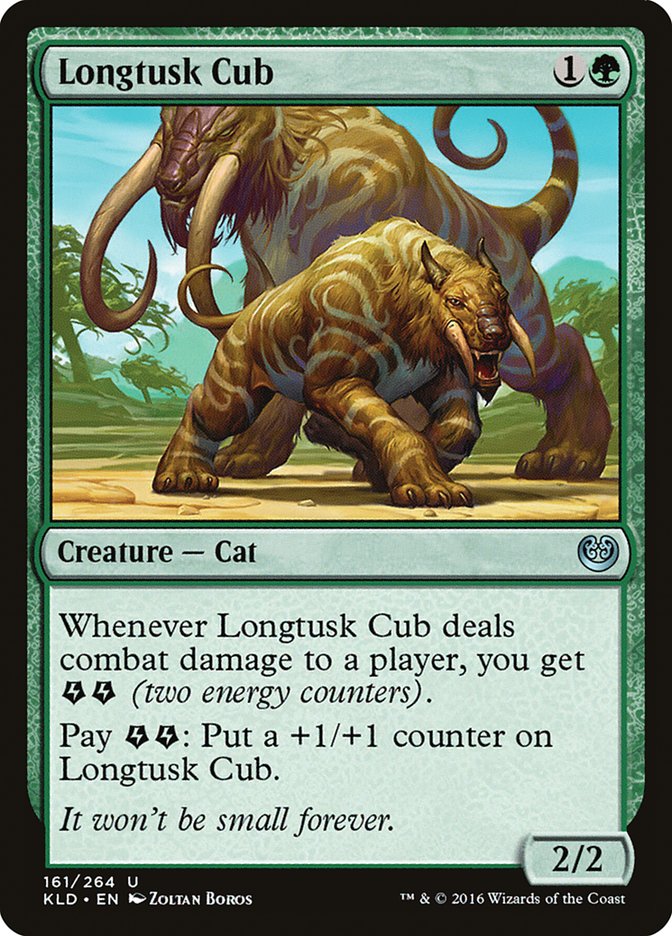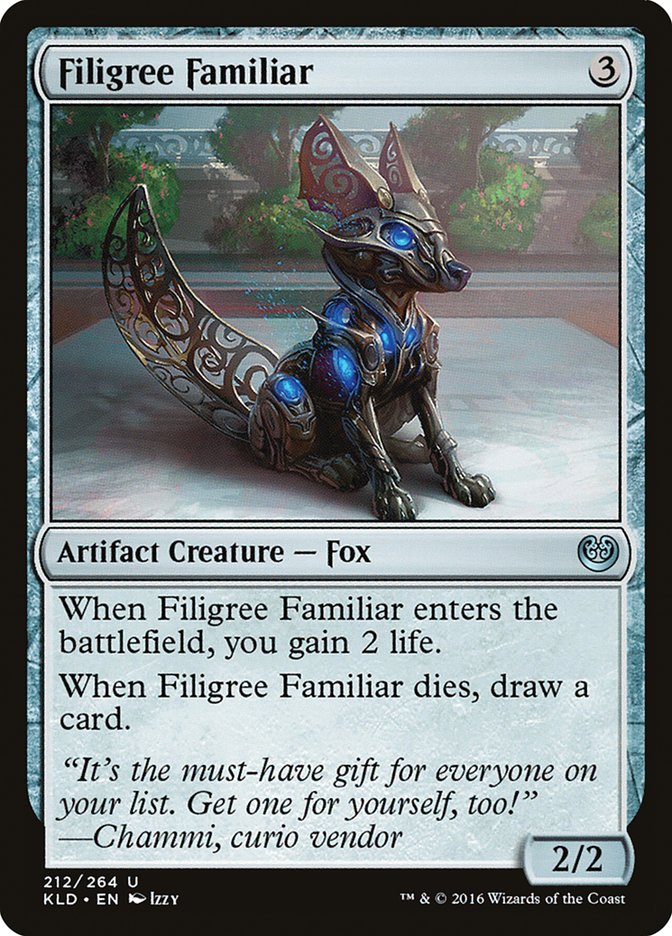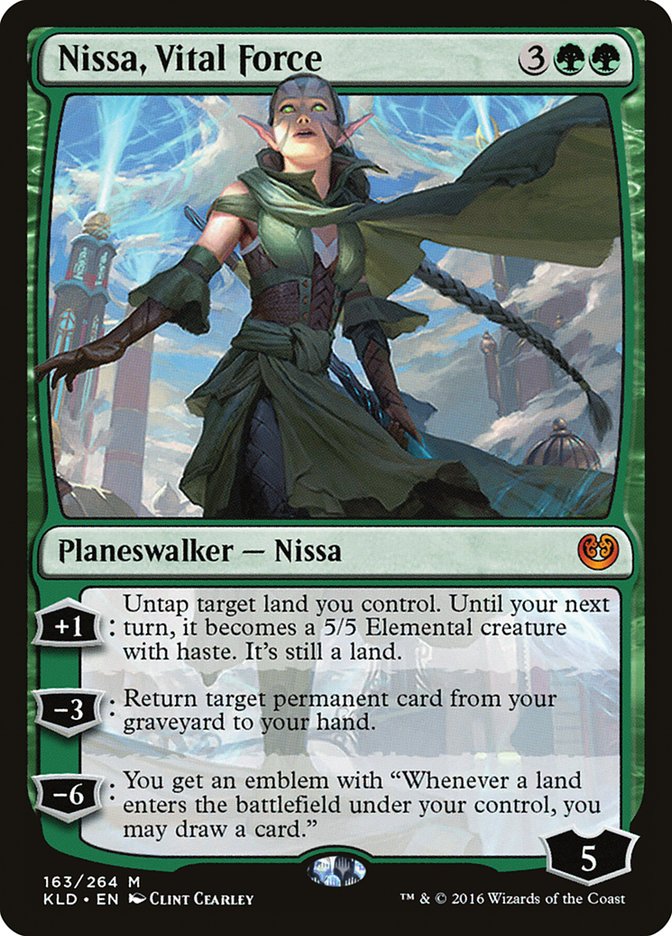It’s spoiler season. Everybody has their called shots and different writers develop feelings for their pet cards in each set. Instead of conforming to the never-ending format of [Card], [Why card is good/bad], and , I’m going to let out some of the more extreme things about Kaladesh I’ve noticed, and sprinkle attention-grabbing bits straight from the brain of yours truly, with the typical bits of spoiler-season patois that one would expect on the side.
Lantern Control will get more from Kaladesh than Affinity.
When the artifact themes were first announced for the set, it was easy to default to thinking that the Affinity deck in Modern will get some aggressive goodies at some point.
Affinity is far too fast a deck to gain very much from the style of cards and strategies that are being pushed in Kaladesh. On the other side of the coin, Lantern Control is glacial.
Cards from Kaladesh are pressing the idea that cards can be powerful and efficient for their converted mana cost, as opposed to printing reasonable cards for one or two mana. This means that while there may be an artifact creature that is the best four-mana artifact creature of all time, it still costs too much mana to see play in Affinity.
Inventors’ Fair illustrates this idea in a way that is applicable to this exact comparison. In Lantern Control, having recurring (free) lifegain and a way to search for a missing combo piece is exactly the kind of effect that Lantern Control is in the market for. Affinity, on the other hand, doesn’t care about gaining life, or spending four mana on anything.
Wizards of the Coast tends to design the cards in Magic sets in the context of the entire set, so with so many cards in this vein having already been spoiled, it would be surprising to see a significant number of aggressively costed low-to-the-ground cards that easily slot into Affinity. There may be a new one-drop creature that replaces Vault Skirge, but it’s otherwise hard to picture anything in the archetype shifting too dramatically without the entire deck getting an overhaul.
Saheeli Rai is much better than she looks.
Saheeli is great. People tend to underestimate three-drop planeswalkers that don’t jump right off the page (like Domri Rade) and Saheeli isn’t getting anything close to the love I’d expect. There are a lot of instances in which Saheeli won’t even make it into an artifact deck (effectively removing her final -ability’s relevance), being a roleplayer that assists with card selection and redundancy.
When analyzing Saheeli’s abilities, she seems incredibly powerful in a U/R/X Emerge deck or something involving the value Eldrazi (see: Thought-Knot Seer, Drowner of Hope). One of the main issues that the Eldrazi deck had (before splashing green) was the deck was relatively inconsistent and had some issues with planeswalkers getting out of control. Saheeli’s first ability solves both of these issues in a subtly brilliant way while also providing a later threat on the table. Copying a creature, attacking with said creature, and using the token as emerge fodder has already kept me up at night, and I’d like to think there’s something here.
An alternate role that Saheeli can play is in either a Grixis or Jeskai control shell in Modern. Many of the Jeskai decks have adopted Nahiri, the Harbinger as a card-filter-meets-win-condition of sorts, but Saheeli provides another angle of attack in that she costs less mana, and depending on the win condition, doesn’t require the pilot to play a clunky dead draw in their deck (like the Emrakul, the Aeons Torn) that Nahiri requires. Thinking of Saheeli Rai’s ultimate ability as a Gifts Ungiven instead of a Through the Breach provides a bit of clarity in this thinking.
This is just the first example that comes to mind for a shell that could be a Thirst For Knowledge-fueled control deck:
Creatures (2)
Lands (23)
Spells (35)

Krystal is the most overrated fast food restaurant of all time.
If we could, as a society, stop pretending that Krystal‘s food is either edible or enjoyable, we would take a giant leap forward for all of mankind. Their food may be novel, but it really just feels like anything else could replace all of spots that Krystal restaurants occupy and there would be more pleasant eateries in their places. It seems like their food is just the rice of fast food, and late comedian Mitch Hedberg describes rice better than I ever could:

Cheeseburgers are great, but do we really need a restaurant that allows you to eat 30 burgers in one sitting?
The Gearhulks are going to fulfill a role similar to the Magic 2011 Titans.
For anyone who was around when Magic 2011 Core set was released, it’s hard to forget the impact that the Titan cycle had.
While the Gearhulks (at a glance) aren’t on the same power level for Eternal formats, they’re incredibly efficient for their mana costs and all impact the battlefield in big ways when they enter it.
Verdurous Gearhulk, at worst, is an 8/8 with trample for five mana. Cataclysmic Gearhulk isn’t quite as good as Tragic Arrogance (each opponent gets to choose the permanents they keep on the battlefield) but can be a major turnaround if an opponent begins to pull too far ahead via multiple planeswalkers.
Torrential Gearhulk seems to be losing most of the exciting instants to flash back, but there are definitely some cards that can turn the tide of a game very quickly, completely discounting the 4/5 body that enters the battlefield at instant speed:
Preorder a set of the fastlands.
I try not to touch too much on #MTGFinance (check out Chas Andres’s work on Premium for that kind of thing) and this still just seems like an easy decision to make. Just looking at the Scars of Mirrodin cycle of fastlands shows what a steal these lands are at their current going rates:
Copperline Gorge: $9.99
Blackcleave Cliffs: $18.99
Darkslick Shores: $8.99
Razorverge Thicket: $7.99
Seachrome Coast: $5.99
Everything there starts at $5.99 and goes up from there. Most of the lands printed in Kaladesh are going to see some point in Standard where they make it into a Tier 1 Standard deck, and they’re going to go up when that time comes. There’s a common saying in Magic to the effect of “the most important cards you own are going to be your real estate.”
What it’s basically saying is that, no matter what kind of Simic deck you’re playing, it’s going to need U/G lands. An aggressive deck may not need a sick five-mana sorcery, and a control deck may not want a two-mana 3/2 with trample, but either way, the mana is going to need to be good, and making sure that lands aren’t ever an issue is one of the better ways to skip “step one” when getting the cards together for any deck.
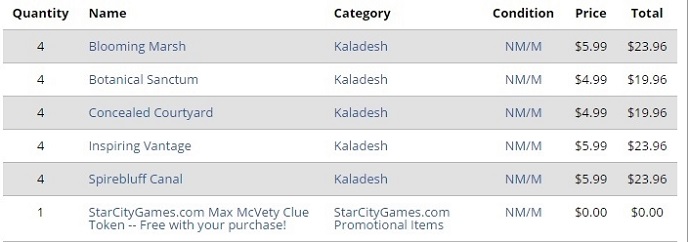
As of writing this, I’ve already made a point to get my real estate for next Standard format. What’re you waiting on?
Ceremonious Rejection will be a multi-format all-star.
Ceremonious Rejection is the best counterspell printed since Mental Misstep. For a single mana, Ceremonious Rejection can counter all of the following:
Despite being a bit narrower than Annul (in the scope of all of Magic), a good chunk of decks have a colorless spell that is pertinent to their core strategy. Many decks tend to play a pile of colorless spells and having a single-mana answer is a boon that can’t be overstated. This doesn’t even delve into the applications of the card with Snapcaster Mage.
I’d be more than a little surprised if foil copies of Ceremonious Rejection started at less than $25 upon release.
Cats are better than dogs.
Look, I don’t write the rules. I’m just here to relay the information.
Cargo shorts are fine.
I don’t see myself ever wearing cargo shorts, but they definitely just won Worlds around the waist of Brian Braun-Duin. It’s time to stop the cargo-shaming.
There will be eight copies of Voltaic Brawler in the Top 8 of #SCGINDY.
This is good, really good. Back in my day, we had to work for our Gruul two-drops to be remotely playable.
The second coming of fastlands makes it appear that aggressive strategies will be more consistent than ever, and it would be shocking if there wasn’t some sort of Humans variant that make use of Inspiring Vantage with Needle Spires. It was common to see Boros Humans decks (championed by Tom Ross himself) in the current format, and with the right payoff cards, it isn’t too crazy to imagine Humans stretching its mana a bit thinner for the sake of a more powerful curve.
Another angle of deckbuilding to think of applying Voltaic Brawler is in a Red Deck Wins variant that utilizes all of the Energy-matters cards from Kaladesh:
With only a few cards being spoiled from the set thus far, it’s hard to imagine exactly what will be going on with this deck or what the archetype’s curve will resemble, but it’s definitely staying on my radar as spoiler season progresses.
Filigree Familiar is going to define Standard.
Filigree Familiar barely does so many things. Fantastically enough, many of the best cards ever printed don’t do anything fancy, but are efficient for what they do. Gaining two life, eventually drawing a card, and a 2/2 body for the price of three colorless mana is a fantastic rate for a card in Standard.
Filigree Familiar is subtly important in that it fulfills many roles without having colored-mana constraints. Remember, multiple decks have been playing Pilgrim’s Eye in order to enable emerge creatures on-curve. While Filigree Familiar doesn’t have the same mana-fixing abilities that Pilgrim’s Eye provides, what the mechanical Fox does provide is a life buffer that doesn’t lose the emerge creature’s caster a card when sacrificing a creature.
Even outside of dedicated Emerge shells, Filigree Familiar being colorless allows all colors of control decks access to lifegain that they may otherwise lack. Rakdos isn’t exactly known for its ability to gain life, but Filigree Fox makes up for life lost through natural causes or Ob Nixilis Reignited’s +1 ability. Filigree Fox providing the time that slower decks need to function without losing the card’s controller card advantage in exchange for the time is something that completely changes the axis that control decks can operate on.
Stranger Things is overrated.
Someone had to say it. At least a dozen other people were thinking it, and I’ll go on out and say it: Stranger Things is overrated. The show is a shaky plot that masks the shortcomings of the script with nostalgia and D&D references.
Will goes missing and the entire town loses their minds; Barb goes missing and nobody cares? I’m not buying it.
Nissa, Vital Force is going to be better than Chandra, Torch of Defiance.
On Monday night, Chandra, Torch of Defiance was spoiled and the internet collectively lost their minds. A four-ability planeswalker is great, but it’s hard to think that it’ll be “$60 great.” Nissa, Vital Force is going to be a game-changer and she isn’t getting anything close to the recognition she deserves.
Nissa, Vital Force’s +1 alone is a nearly-strict upgrade from Nissa, Worldwaker’s +1 ability and the Worldwaker was an amazing planeswalker in her own right. The Elemental created by Nissa, Vital Force is good at protecting Nissa and exceptional at pressuring opposing planeswalkers.
All three of Nissa’s abilities are reminiscent of the green cards that dominated formats in their time (Nissa, Worldwaker; Den Protector; and Tireless Tracker, respectively). Being able to apply the effects multiple times off a single card is a level of power that can’t be understated.
Oh, did I mention that Nissa, Vital Force gets to use her ultimate ability the turn she enters the battlefield if her controller also has an Oath of Gideon? I guess that’s something to note.


